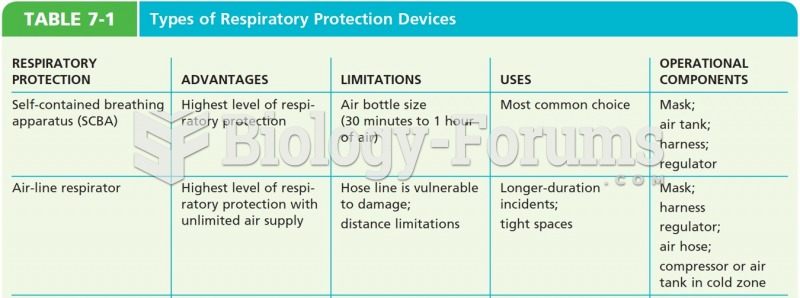Answer to Question 1
Regulations from OSHA regulation 1926 that apply specifically to fall protection in scaffolding work are as follows:
1926.451(g)(2) reads: The employer shall have a competent person determine the feasibility and safety of providing fall protection for employees erecting or dismantling supported scaffolds. Employers are required to provide fall protection for employee erecting or dismantling supported scaffolds where the installation and use of such protection is feasible and does not create a greater hazard.
1926.502(d)(15) reads: Anchorages used for attachment of personal fall arrest equipment shall be independent of any anchorage being used to support or suspend platforms and capable of supporting at least 5,000 pounds (22.2 kilograms) per employee attached, or shall be designed, installed and used as follows:
(i) as part of a complete personal fall arrest system which maintains a safety factor of at lest two; and
(ii) under the supervision of a qualified person.
1926.451(d)(16) reads: Personal fall arrest systems, when stopping a fall, shall:
(iii) limit maximum arresting force on an employee to 900 pounds (4 kg) when used with a body belt;
(iv) limit maximum arresting force on an employee to 1,800 pounds (8 kg) when used with a body harness.
(v) be rigged such that an employee can neither free-fall more than 6 feet (1.8 m); nor contact any lower level.
(vi) bring an employee to a complete stop and limit maximum deceleration distance an employee travels to 3.5 feet (1.07 m); and
(vii) have sufficient strength to withstand twice the potential impact energy of an employee free-falling a distance of 6 feet (1.8 m), or the free fall distance permitted by the system, whichever is less.
Answer to Question 2
Prolonged standing or walking is common in construction. It can cause lower back pain, sore feet, swelling in the legs, general muscular fatigue, and other health problems. The following precautions can minimize standing hazards:
Anti-Fatigue Mats. Anti-Fatigue mats provide cushioning between the feet and hard working surfaces such as concrete floors (see Figure 7-28). This cushioning effect can reduce muscle fatigue and lower back pain. However, too much cushioning can be just as bad as too little. Consequently, it is important to test mats on a trial basis before buying a large quantity. Mats that become slippery when wet should be avoided. In areas where chemicals are used, be sure to select mats that will hold up to chemicals.
Shoe Inserts. When anti-fatigue mats are not feasible because employees must move from area to area and, correspondingly, from surface to surface, shoe inserts can help. Such inserts are worn inside the shoe and provide the same type of cushioning the mats provide. Shoe inserts can help reduce lower back, foot, and leg pain. It is important to ensure proper fit. If inserts make an employee's shoes too tight, they will do more harm than good. In such cases, employees may need to wear a slightly larger shoe size.
Foot Rails. Foot rails added to machines such as saws can help relieve the hazards of prolonged standing. Foot rails allow employees to elevate one foot at a time four or five inches. The elevated foot rounds out the lower back, thereby relieving some of the pressure on the spinal column. Placement of a rail is important. It should not be placed in a position that inhibits movement or becomes a tripping hazard.







